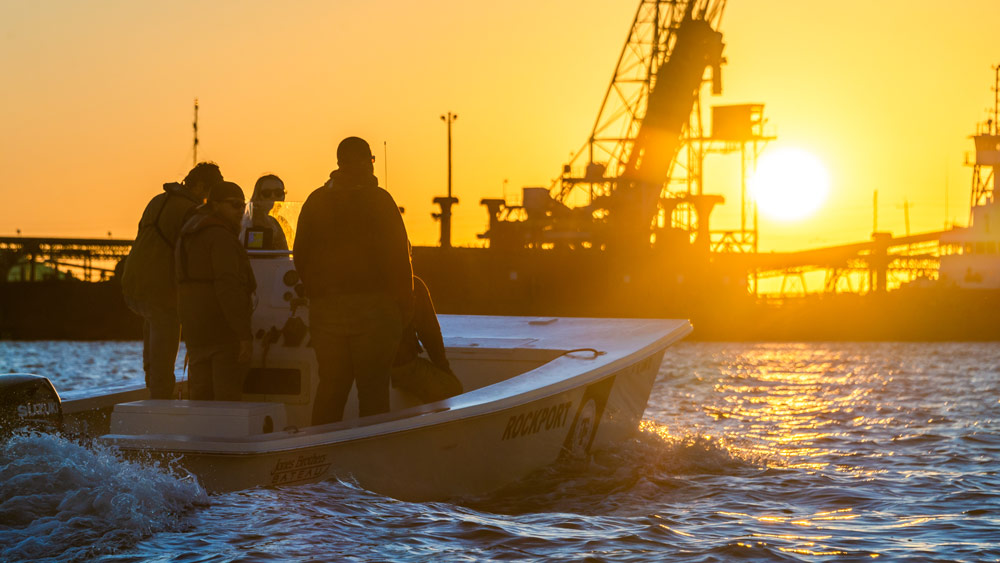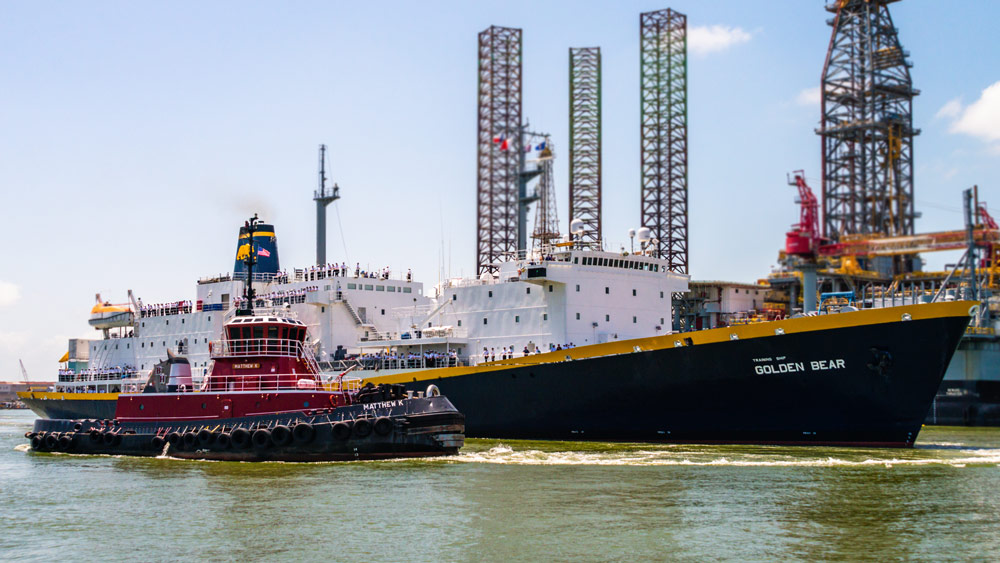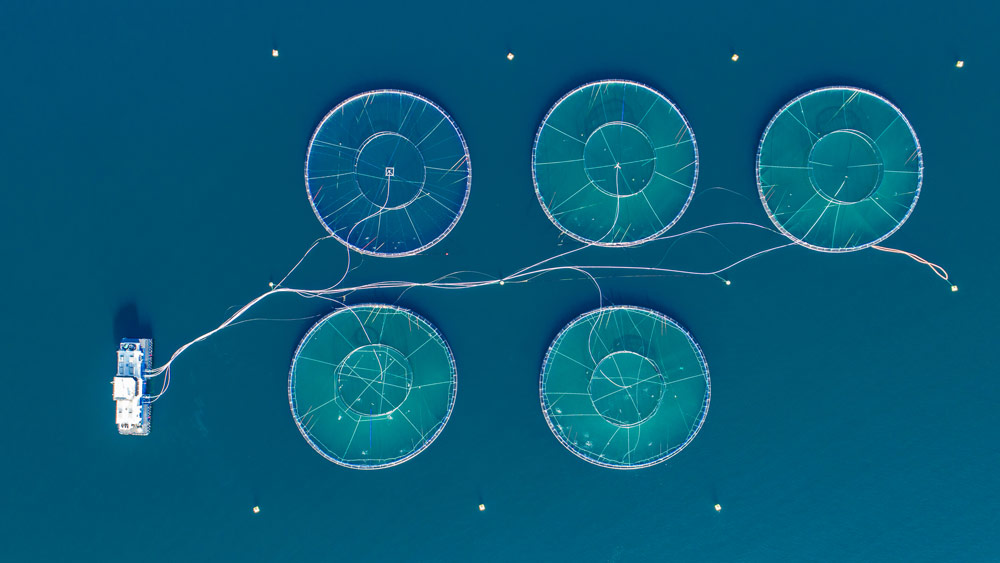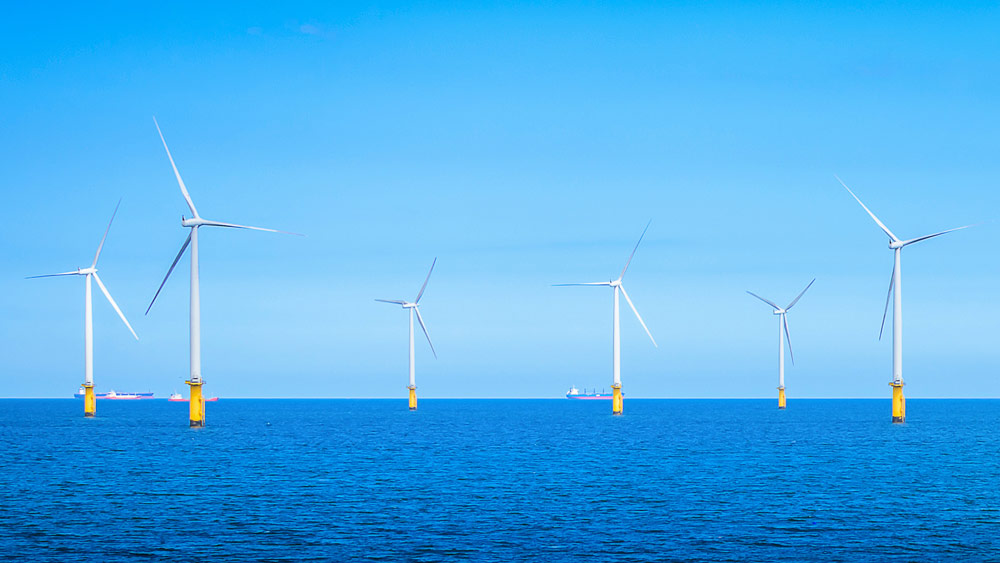
For the second year in a row, a survey by Bankrate, a leader and authority in the financial industry, has ranked naval architecture and marine engineering as the most valuable majors with a median salary of $90,000 and an unemployment rate of 1.6%.
With such importance placed on naval architecture as a specialty within ocean engineering, the question follows: What exactly is it?
Dr. Jeffrey Falzarano, professor in the Department of Ocean Engineering at Texas A&M University, has the answer. Here are the top five things you need to know about naval architecture.

1. It’s been around for thousands of years.
Naval architecture, a specialization offered in the in the ocean engineering department, is one of the oldest engineering disciplines — dating all the way back to the first manmade raft and canoe. As Falzarano explained, since the Grecian times of Archimedes, scientists were not only creating floating crafts, but studying the buoyancy and stability of them as well.
While it wasn’t called such until more recent years, naval architecture tasks people with creating some of the largest (up to 1,500 feet in length) and most complex moving manmade crafts and systems, like oil tankers, nuclear submarines and cargo ships.

2. It isn’t just about military ships.
Despite how its name might sound, naval architecture is not solely focused on designing ships for the Navy. While that is one aspect, naval architecture is the science of designing boats, ships and other floating structures, such as aquaculture habitats. This includes cruise ships, cargo carriers, personal speed boats and jet skis. While many engineers do work on Navy ships and underwater military crafts, the field of ocean engineering and naval architecture is broad.
“Anything that floats in the water is something that needs naval architects and marine engineers,” said Falzarano. “One of my areas, for example, is ship maneuvering. When you drive a car, you want to make sure it responds well. It has to turn when you want it to, right? When you drive a ship, it has to respond correctly. And, like cars, sometimes collisions happen. Why? What went wrong?”

3. It puts the ship in shipment.
“I think there's literally tens of thousands of large commercial ships sailing the ocean as we speak — tankers, container ships,” said Falzarano. “Globalization makes opportunities because shipping makes opportunities. Someone makes a product in one country and they want it in another, and you have trade. And people don’t think about naval architecture when they think about shipping.”
But, according to the Organisation for Economic Co-operation and Development, around 90% of traded goods are carried via the ocean. Sea-based shipment only represents 2.6% of total greenhouse emissions, making it cleaner than most other transport options.

4. It is an international and multi-industrial field.
From shipping to submarines to luxury and leisure, the need for experts who can not only design a floating vehicle, but adhere to the international policies and regulations that govern the safety of those vehicles is imperative. Global organizations have been founded — drawing upon the expertise of a wide range of industries — to determine how to protect those aboard floating vessels. It is up to naval architects and marine engineers to understand, abide and strive to better these regulations through innovation and ingenuity.
Additionally, as Falzarano described, because naval architecture is a global industry through trade, building, cruise tourism, personal water transportation, etc., there are many facets for naval architects to find their niche in the field and see the world.

5. It’s continuing to grow and evolve.
“There will always be a need for people to do this,” said Falzarano.
With the evolution and implementation of new technology to the discipline, such as unmanned robotic vehicles and clean energy solutions, naval architecture is continuing to grow and transform the world.
“There are wind turbines out in West Texas, but the real potential is offshore energy because the wind is even stronger offshore and the waves have much more energy in them than wind,” said Falzarano. “My point is, whether it's a ship, a renewable energy device, an oil and gas platform or another floating structure, they all kind of behave the same way.”
With a hand in connecting cultures and continents, bridging industries and ideas, and bringing together people and products, there is still lots of ground to cover.
Learn More
The Department of Ocean Engineering offers a specialization in naval architecture at both its flagship College Station and its seaside Galveston campus. This unique duel campus setup gives the department access to both world-class research facilities and direct access to the water and coast, offering students a hands-on research and education experience like no other. Learn more about the ocean engineering degree programs offered at each campus.